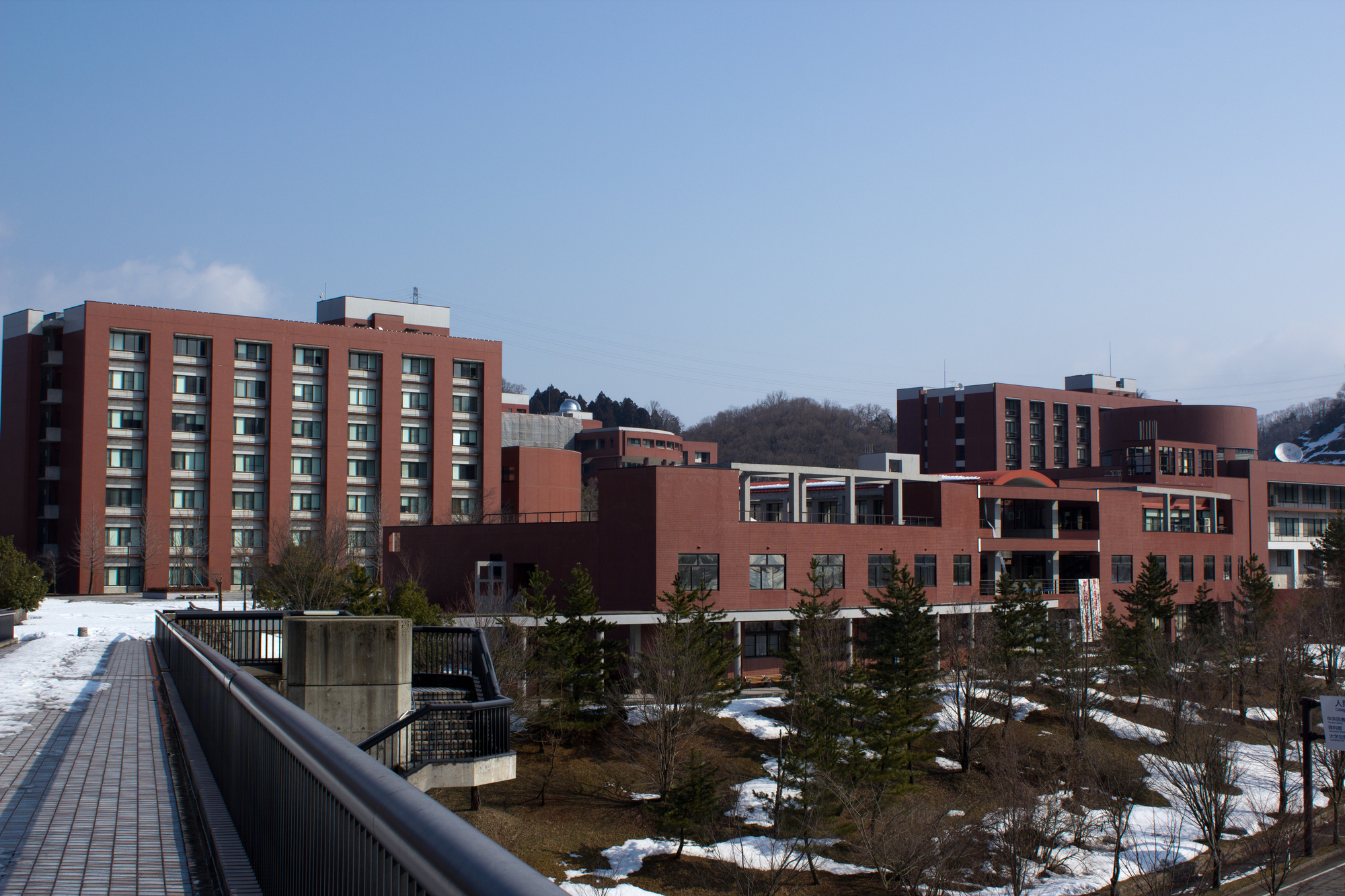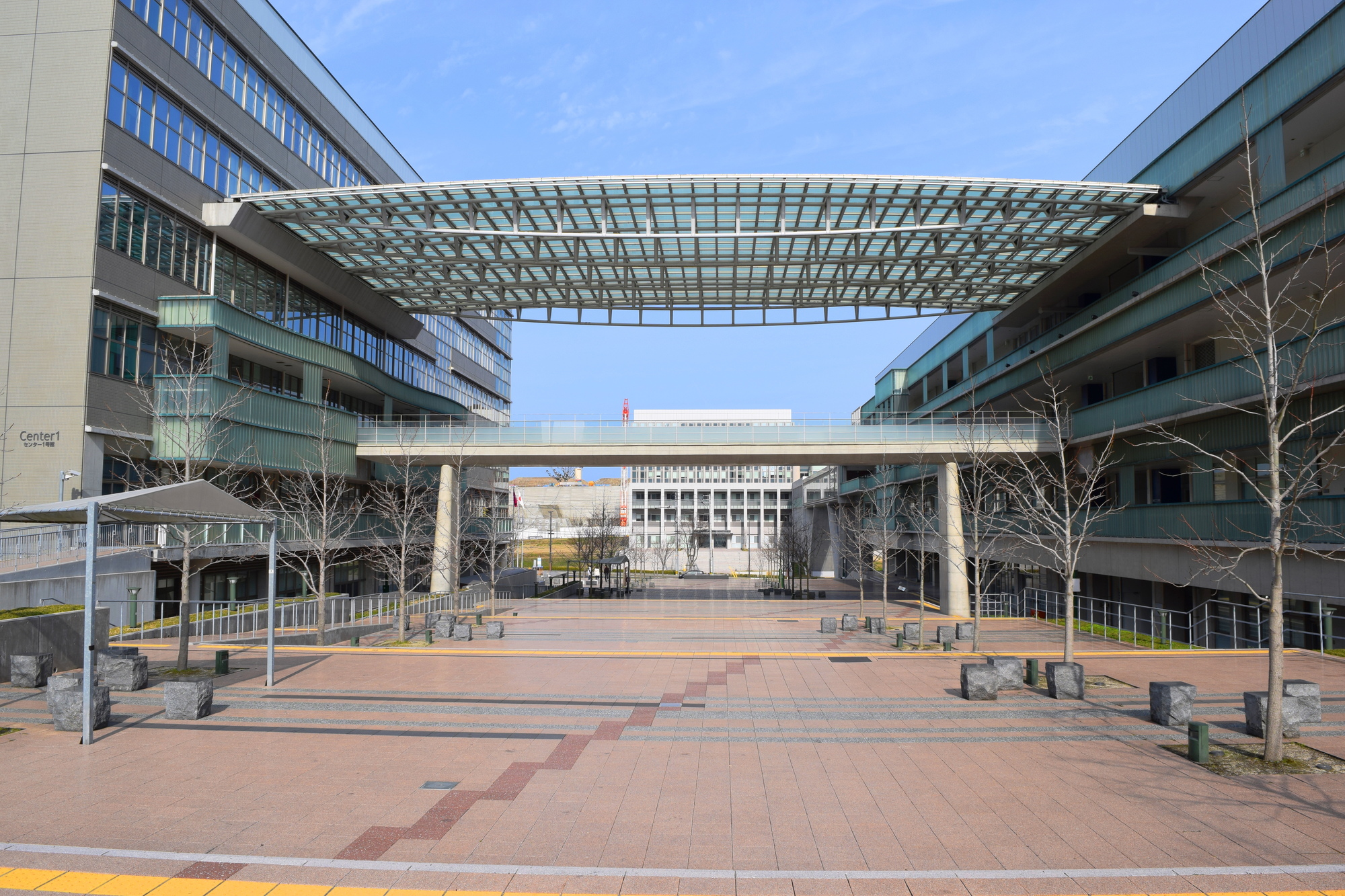A joint research group of Kanazawa University, Hokkaido University, and Kyushu University has experimentally verified the simulation of a mathematical model to show the cooperative action between long-distance and short-range signaling factors in the process of brain formation. I discovered the mechanism.
Cell-to-cell signaling factors include long-distance proteins (EGF) and short-range proteins (Notch). Notch acts on adjacent cells (lateral inhibition), and when a cell changes from a square to a circle (differentiation), it sends an inhibitory signal to the adjacent cell, so that the surrounding cells always become square and have a sesame seed pattern (gomasio pattern). Alternate arrangement of circles and squares) is formed.On the other hand, EGF acts on distant places.Both play important roles in life phenomena, but the effect of the coordination between the lateral suppression of Notch and the diffusion effect of EGF was unknown.
In the process of Drosophila brain formation, there is a phenomenon called "Proneural Wave" in which only square epithelial cells first exist and then change into round neural stem cells in order in rows, and similar phenomena are other. It is also known as a living thing.Focusing on this phenomenon, the research group constructed a mathematical model of "wave of differentiation" that combines the diffusion of EGF and the lateral suppression of Notch, and predicted the appearance of the Gomasio pattern due to the decrease in EGF production.When the amount of EGF produced was actually reduced and verified, a clear sesame-sio pattern appeared in the brain, so the "wave of differentiation" incorporates Notch's short-range action, and by coordinating with EGF. We discovered the existence of a role to control the propagation velocity of waves.
The cooperative action of EGF and Notch is said to play an important role in the differentiation of neural stem cells during the formation of the cerebral cortex and in the onset of lung cancer and breast cancer.The interdisciplinary research of mathematical science and life science made possible by this research is expected to be applied to various life phenomenon research in the future.



